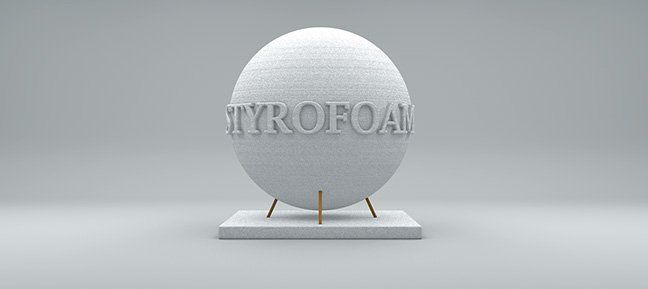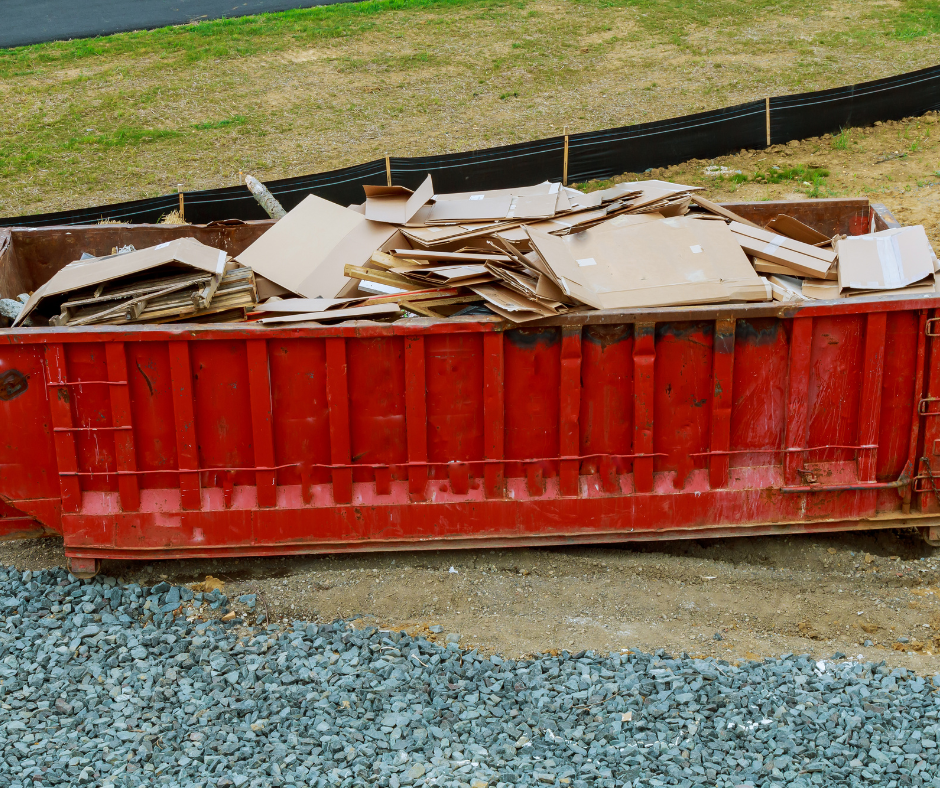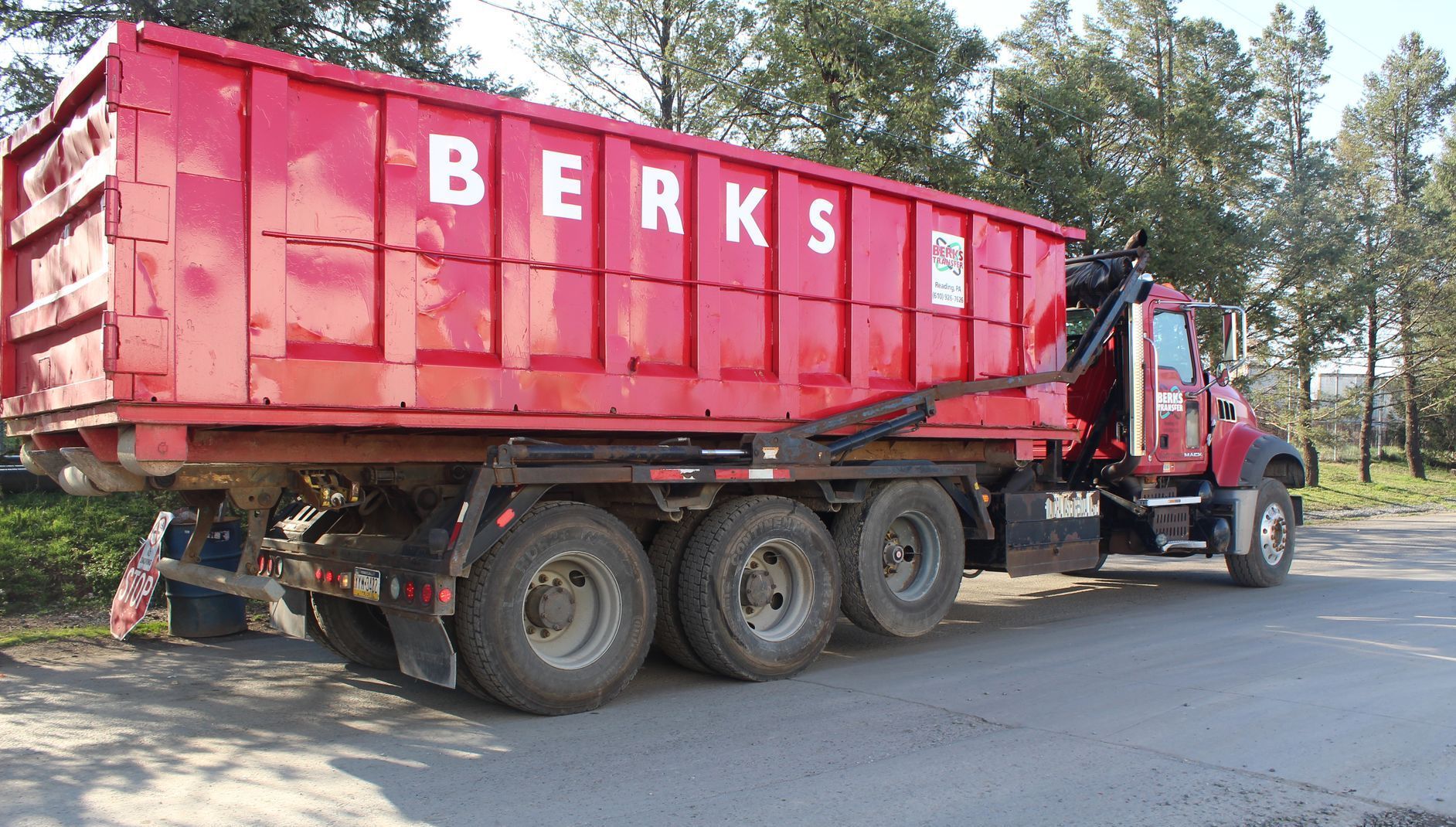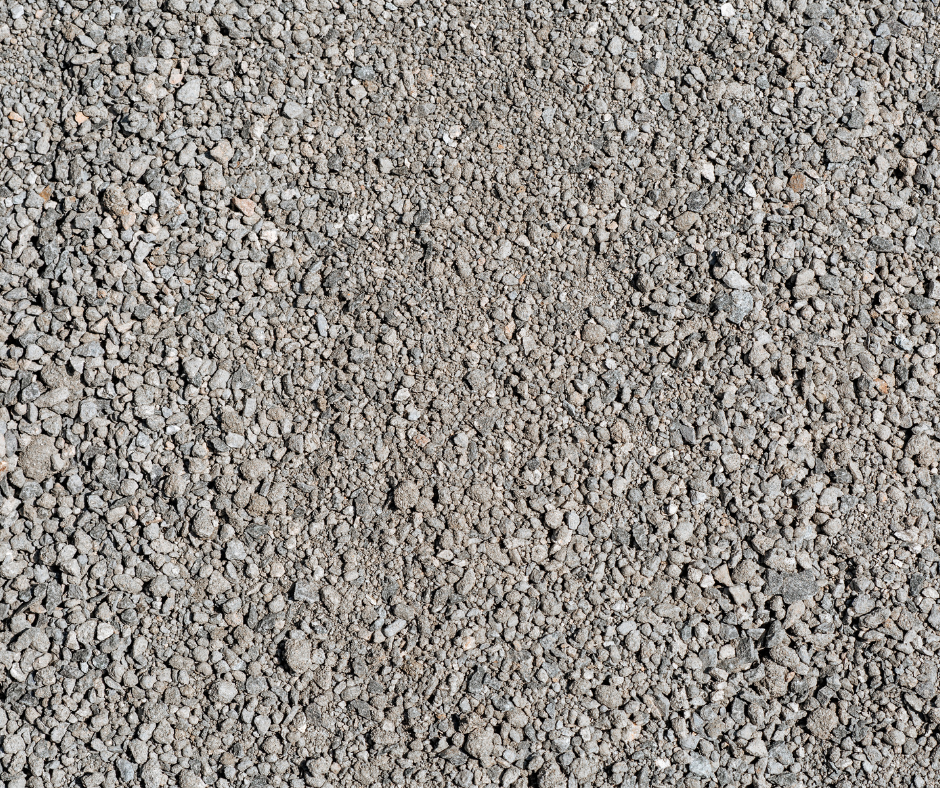
Styrofoam isn’t a product. It’s a brand; but like Kleenex, we think of it as the product itself. Dow Chemical created it during the 1940’s.
Styrofoam is a brand named after the chemical compound polystyrene. It is made by expanding polystyrene with millions of air pockets. Because of these air pockets, Styrofoam is 97% air. However light, it’s a nightmare to get rid of.
As far back as 1988, the State of Pennsylvania (PA) began addressing the need for reduction of waste and increasing what’s recyclable. PA Act 101 was passed that year to do just that. It requires municipalities in PA to create waste management programs that include recycling. Any commercial establishments are required adhere to the plan their municipality has in place.
Doris de Guzman wrote a great piece for The Energy Collective Group, which “brings together the best thinkers on energy and climate.” They create, share and post insightful conversations about where the industry is heading. According to de Guzman, in 2013, Mayor Bloomberg of New York said, “One product that is virtually impossible to recycle and never bio-degrades is Styrofoam. But it’s not just terrible for the environment. It’s terrible for taxpayers. Styrofoam increases the cost of recycling by as much as $20 per ton.”
She goes on to share that jurisdictions in California implemented bans; and that “California state assembly led by Senator Alan Lowenthal (D-Long Beach) has introduced bill SB 568 that requires the state of California to prohibit food vendors on and after January 1, 2016 from using polystyrene foam food containers. Food vendors in school districts or local governments with EPS (expanded poly styrene) recycling programs that meet or exceed a 60% recycling rate are exempt. The bill failed to pass.”
Now for the ugly part, the more research that becomes available, the more we realize that Styrofoam itself is dangerous. According the Children’s Environmental Health Network, over 50 chemical byproducts are released during the manufacturing of polystyrene, contaminating the air, water and communities that live near these facilities. Polystyrene is made up of multiple units of styrene. Styrene is believed to be a carcinogen (cancer causing) by the Department of Health and Human Services and the International Agency for Research on Cancer.
Exposure to styrene can cause irritation of the skin, eyes, the upper respiratory tract, and the gastrointestinal tract. Chronic exposure results in more severe effects including depression, headaches, fatigue, weakness, hearing loss, and disrupted kidney function.
So, what can we do to help? Many of the largest fast-food chain restaurants have already eliminated Styrofoam from their packaging. Government and industry need to assist smaller businesses in finding alternatives that are cost-effective, so that they can make the switch also. Presently, paper products cost more than twice as much as Styrofoam. Hence, the hesitation for most companies. Awarding alternatives, such as the creation of grants, subsidies, or even national contests for creation of organic choices is a good first step. Hopefully, we will soon find a way to completely get rid of this environmental problem.















